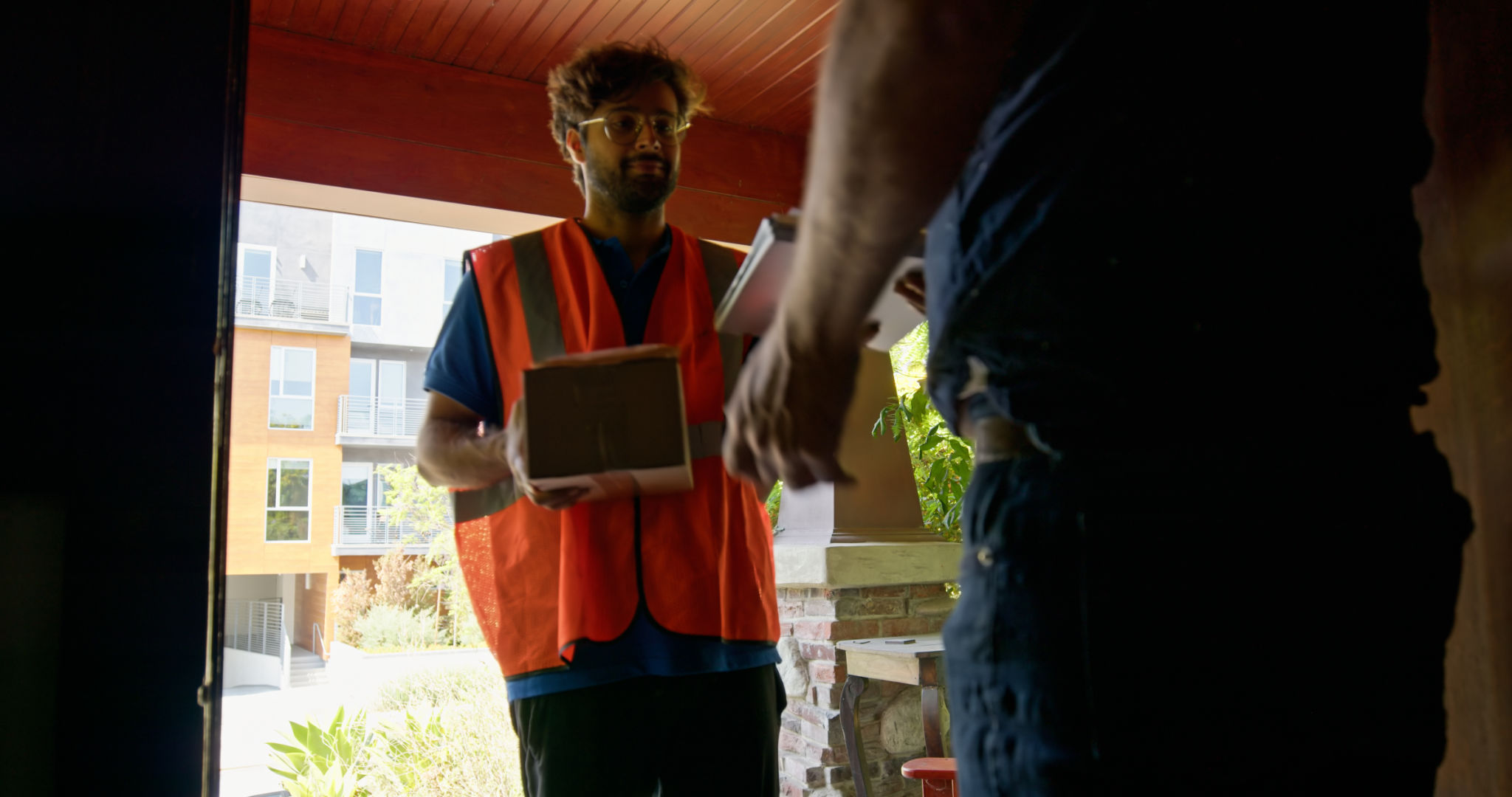Top Trends in Fulfillment Logistics: Staying Ahead in the Competitive Market
Introduction to Fulfillment Logistics Trends
The logistics industry is rapidly evolving, driven by technological advancements, changing consumer expectations, and the need for greater efficiency. Staying ahead in this competitive market requires businesses to stay informed about the latest trends in fulfillment logistics. This blog post explores the top trends reshaping the sector and how companies can leverage them to remain competitive.
Automation and Robotics
One of the most significant trends in fulfillment logistics is the increased use of automation and robotics. Automated systems are now handling everything from sorting and packing to inventory management. These technologies help reduce labor costs, improve accuracy, and speed up the fulfillment process.

Robotics is particularly beneficial in high-volume environments where speed and precision are critical. Companies that invest in automation can enhance their operational efficiency and provide faster delivery times, which is a key differentiator in the market.
Sustainable Practices
Sustainability is no longer a buzzword but a necessity in fulfillment logistics. Consumers are increasingly demanding eco-friendly practices, prompting businesses to adopt greener solutions. This includes using biodegradable packaging materials, optimizing delivery routes to reduce carbon emissions, and implementing energy-efficient warehousing solutions.

By incorporating sustainable practices, companies not only meet regulatory requirements but also enhance their brand image and appeal to environmentally conscious consumers.
Omni-Channel Fulfillment
As retail continues to evolve, omni-channel fulfillment has become a vital strategy for businesses. This approach allows companies to manage inventory across multiple sales channels, providing customers with a seamless shopping experience whether they purchase online, in-store, or through a mobile app.
Implementing an omni-channel strategy requires sophisticated inventory management systems that can synchronize data in real-time. By doing so, businesses ensure that stock levels are accurate and orders are fulfilled promptly, enhancing customer satisfaction.

Advanced Data Analytics
Data analytics plays a crucial role in modern fulfillment logistics. Leveraging big data allows companies to gain insights into customer behavior, optimize supply chain operations, and make informed decisions. Predictive analytics can forecast demand, helping businesses manage inventory levels more effectively.
With advanced analytics, companies can identify bottlenecks in their processes and implement solutions to improve performance. This data-driven approach leads to cost savings and improved service levels.
Last-Mile Delivery Innovations
The last mile of delivery is often the most challenging and costly part of the supply chain. Innovations in this area, such as drones and autonomous vehicles, are transforming how goods reach consumers. These technologies promise faster deliveries and lower costs, making them attractive solutions for businesses looking to enhance their delivery capabilities.

Furthermore, local fulfillment centers and micro-distribution hubs are emerging as effective ways to speed up last-mile delivery by bringing products closer to consumers.
Conclusion
In conclusion, staying ahead in the competitive fulfillment logistics market requires a keen understanding of emerging trends. By embracing automation, sustainability, omni-channel strategies, data analytics, and last-mile delivery innovations, businesses can streamline their operations and meet the ever-evolving demands of consumers. Adapting to these trends not only ensures operational efficiency but also positions companies for long-term success.
